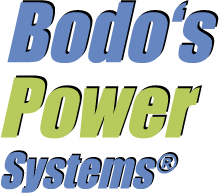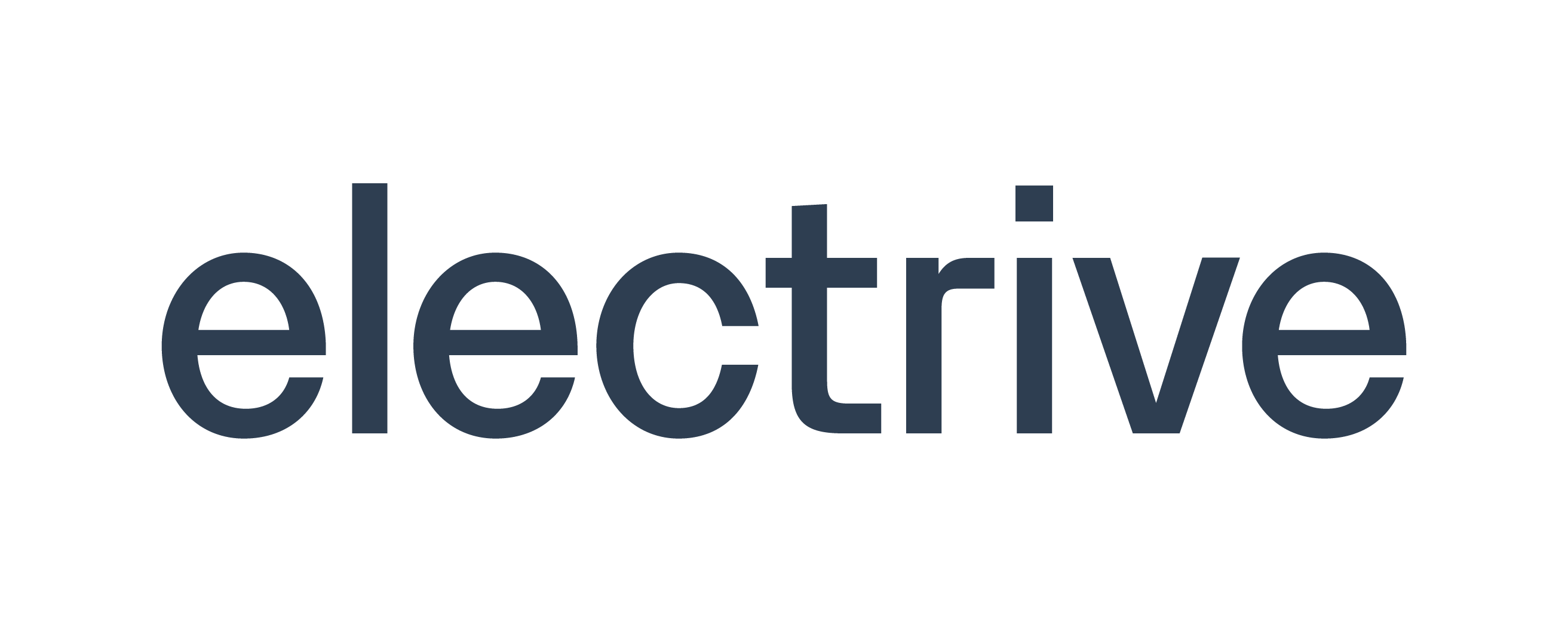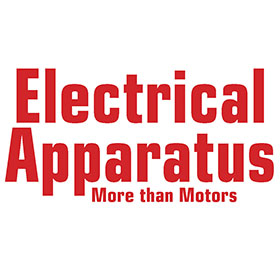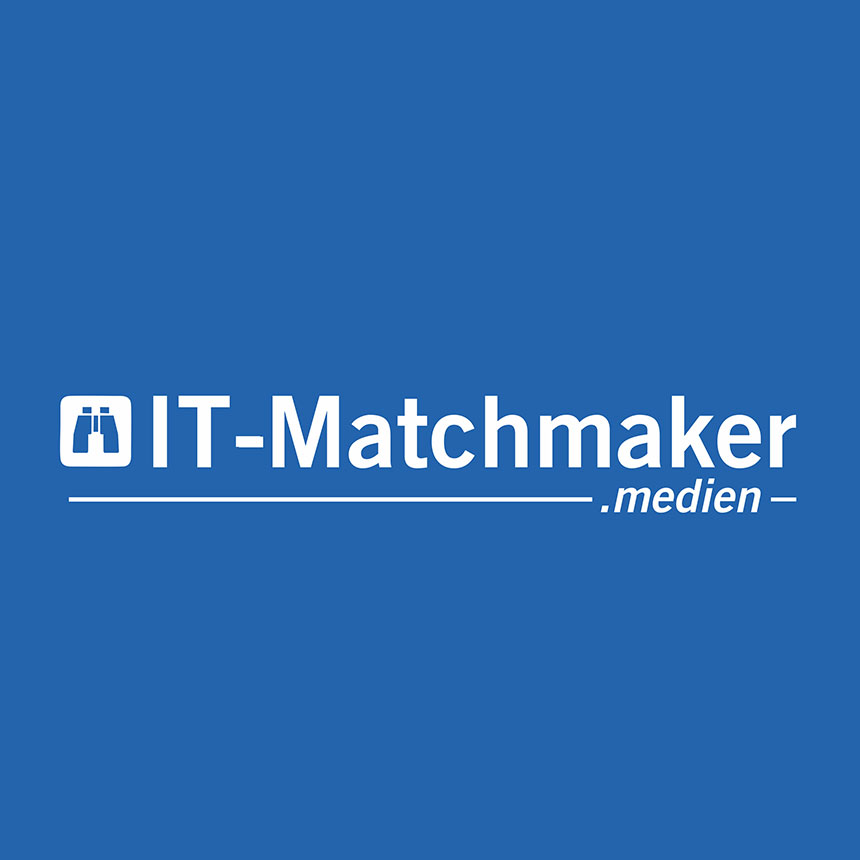For decades electrical transformers have been playing a significant role in the power sector especially in the transmission and distribution of electricity.
by Shaista Naz, Research Analyst – at PTR Inc.
For decades electrical transformers have been playing a significant role in the power sector especially in the transmission and distribution of electricity. But an overwhelming majority of the global installed base of transformers including distribution and power transformer were built by the OEMs with little or no concern for the sustainability. These transformers and associated linear business model leads to high energy waste, material waste and greenhouse emissions which are not desirable.
However, in the last decade especially after the Paris Agreement energy industry has taken drastic shift towards adopting sustainable industry practices which focuses on eco-design, decarbonization, higher efficiency and sustainable supply chain.
Shift Towards Sustainability in Transformers
The global transformer market specifically in the advanced economies for instance transformer market of the EU and the US is shifting from the conventional transformers to sustainable transformers mainly due to market forces, regulatory bodies, and surge in the demand for eco-friendly technological solutions from the customers which in the case of transformers are largely utilities.
Consumers, investors, and other stakeholders in the transformer market over the years have become sensitive towards the environmental impact of the transformer industry and are in turn driving the demand for the sustainable transformers. These transformers utilize raw materials and components that are eco-friendly in nature in the design and manufacturing of the sustainable transformer. On the other hand, regulatory bodies have provided a much-needed push to the transformer industry to adopt sustainable industrial practices and move away from linear business models.
Current Market of Distribution Transformers
According to PTR Inc. global transformer market is expected to grow with a CAGR of 6% from 2022-2027 in terms of revenue. The market will be mainly driven by increase in the demand of electricity, improvements in the electrification rates, increase in the penetration of renewable energy in the generation mix of countries.
As per the estimates of PTR Inc. key players in the global power transformer market include Hitachi Energy, Siemens, GE, Hyosung, and China XD. Whereas leading players in the global distribution transformer market include Hitachi Energy, Siemens Energy, Schneider Electric, Toshiba, and Eaton. As of 2022, APAC region has the highest share in the global transformer market accounting for 40% of the total share followed by North America (with around 30% share), Europe, Middle East and Africa, and South America.
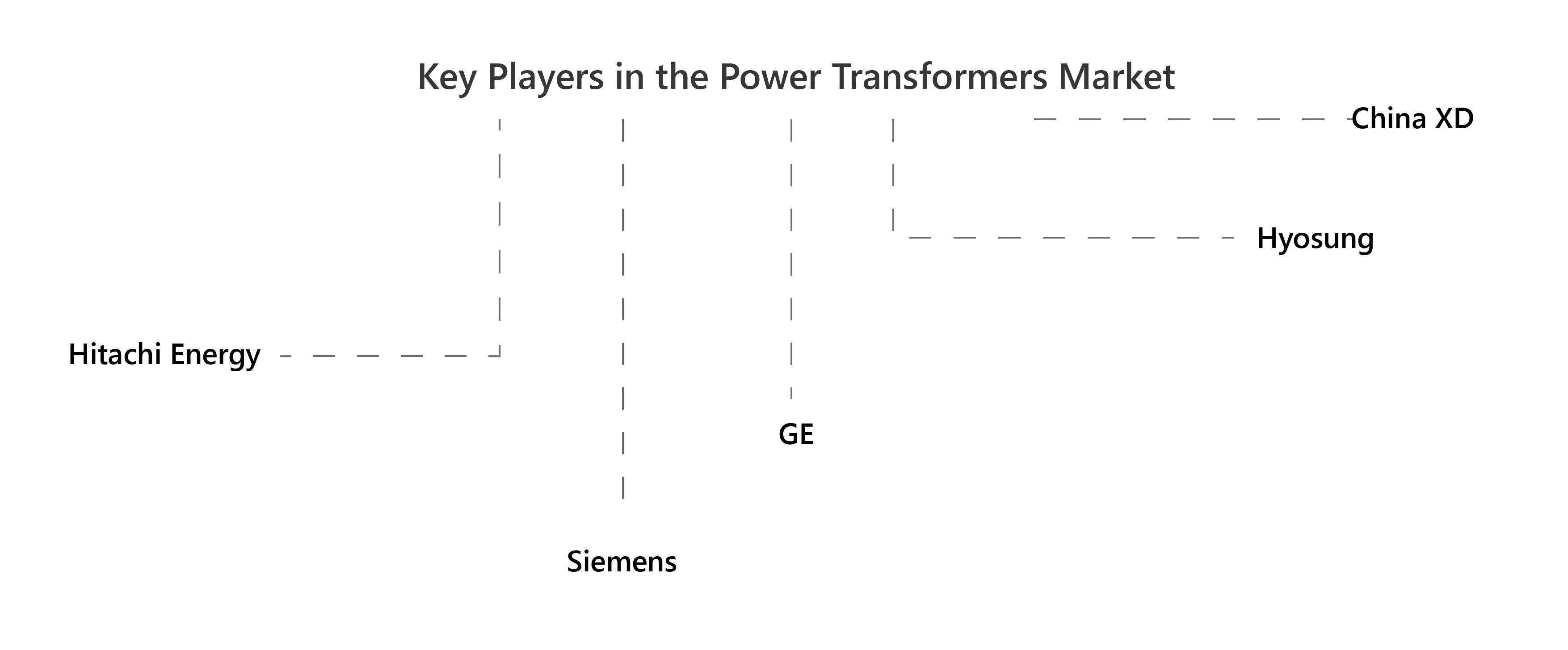
Figure 1: Leading players in the global power transformer market.
Source: PTR Inc.
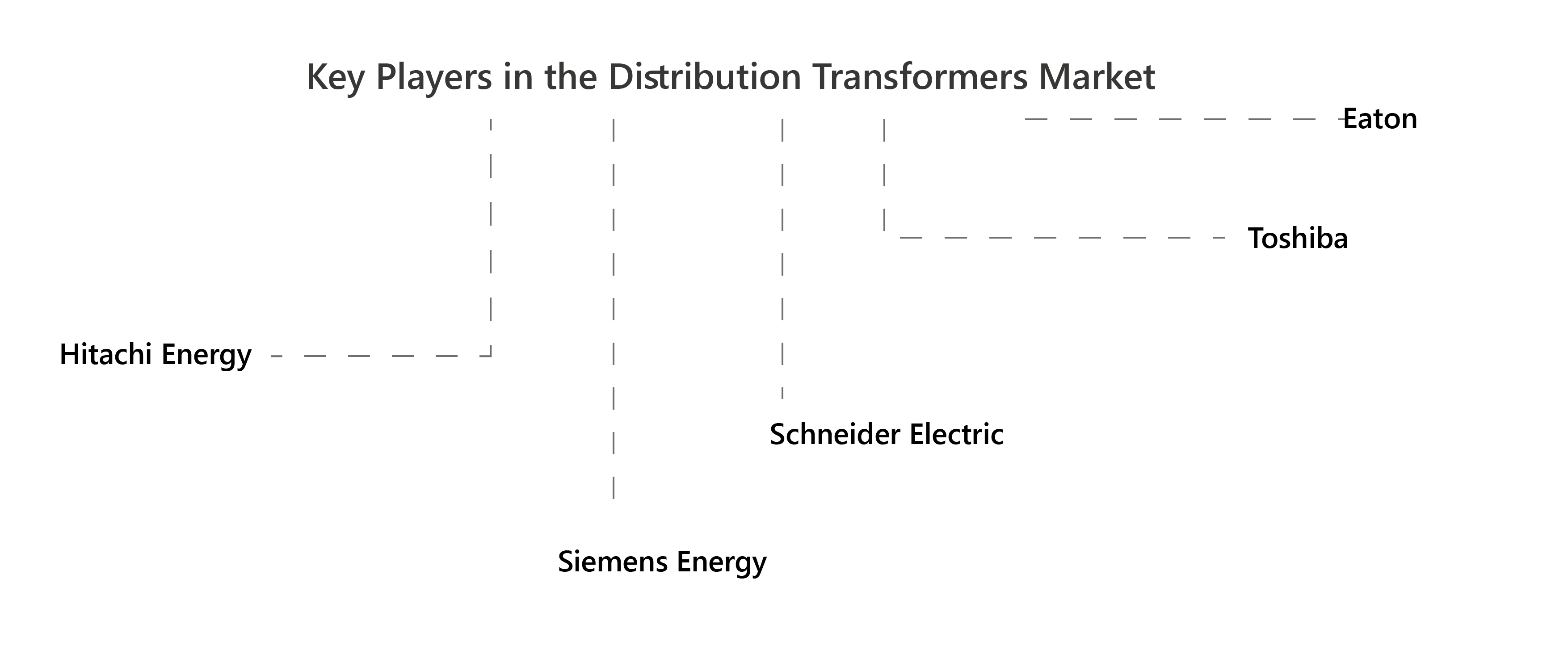
Figure 2: Leading players in the global distribution transformer market.
Source: PTR Inc.
Technological Developments in the Transformer Industry Promoting Sustainability
PTR Inc. has observed several developments in the transformer industry across the globe that promote sustainability including amorphous metal alloys, high temperature super conducting transformers and smart transformers.
Amorphous metal alloys
Silicon steel is used in the manufacturing of conventional transformer cores which leads to high energy losses due to magnetic hysteresis and eddy currents. That is the reason why the transformer industry is moving from manufacturing transformer cores from silicon steel to amorphous metal alloys that are up to 80% more efficient than conventional transformer cores, lower energy use and reduce carbon dioxide emissions.
High temperature superconducting transformers
Research is being conducted on HTS (high temperature super conducting) transformers that have the ability to transform electricity with no resistance with the help of superconducting materials. This in turn leads to lowering of energy losses and improvements in the efficiency. HTS transformers have the potential to be radically smaller in size and more efficient than conventional transformers. These transformers are widely available and due to higher cost of HTS materials and limited supply, the technology is not considered viable as of now.
Smart transformers
Smart transformers utilize sensors and digital communication technologies to monitor and control voltage levels in real time. On the other hand, conventional transformers are passive in nature that allow only unidirectional flow of electricity and are not designed to adjust to rapidly changing loads. It is expected that these transformers will become redundant as distributed energy resources for instance wind turbines, solar panels, and electric vehicles are being integrated with the grid. However, smart transformers are expected to make the electricity grid cleaner and more flexible in turn enhancing the sustainability performance.
Energy Policies and Regulations to Promote Sustainable Transformers
Over the years several policies and regulations concerning transformers including the power and distribution transformers have been introduced and revised. These policies and regulations include EU’s Eco-design Directive, DOE Standards for Distribution Transformers and WEEE Regulations
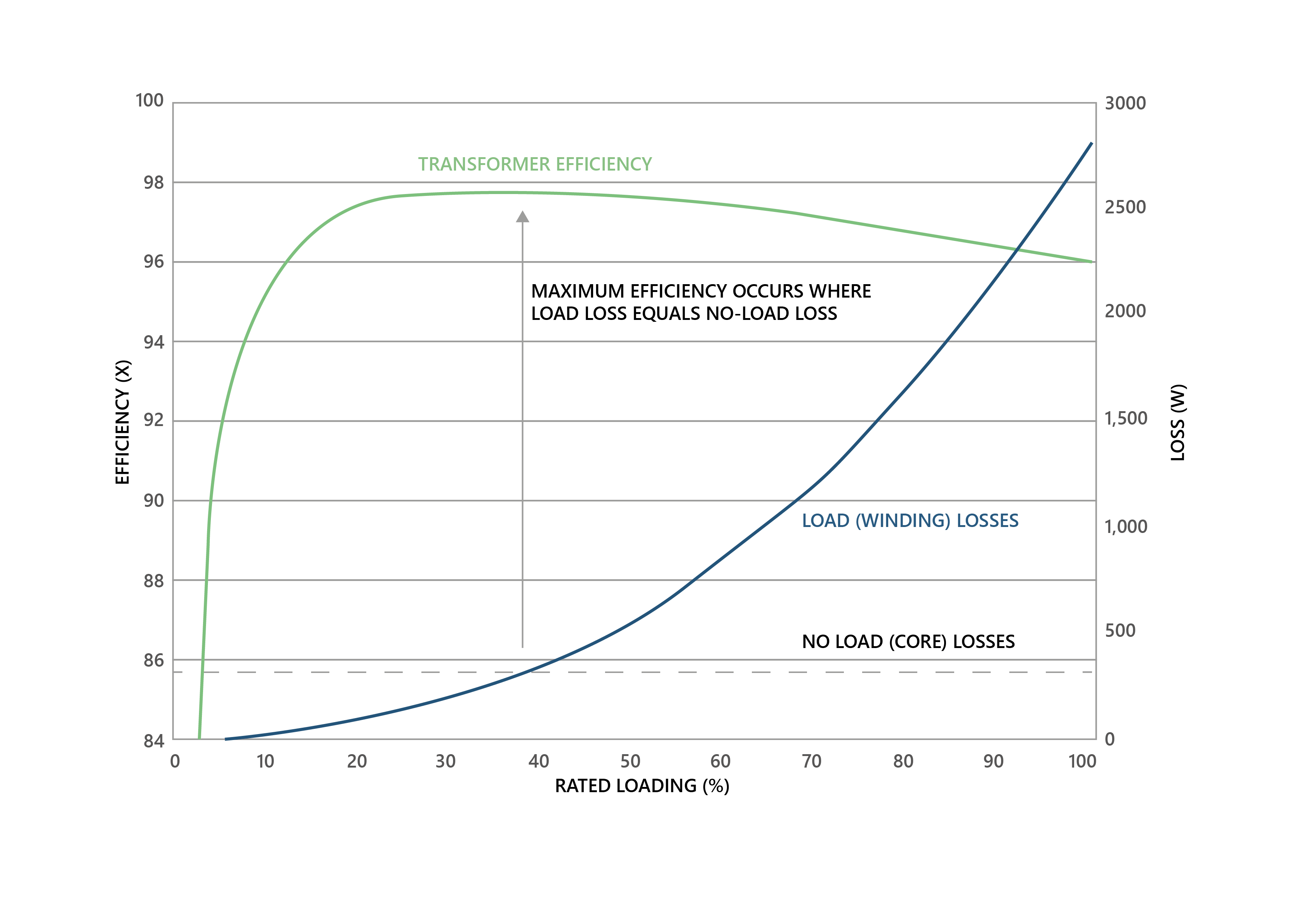
Figure 3: Relation between losses and efficiency.
Source: United Nations
EU’s Eco-design Directive
As per the estimates of the European Commission around 2.9% of all the energy that is generated in the EU member states and the UK is wasted in the form of transformer losses. These losses amount to 93 TWh which is enough energy to meet the demand of electricity in Denmark for a span of three years. EU’s Eco-design Tier 2 regulation aims to reduce the wastage of energy by 10% if compared to Tier 1 levels.
EU’s Eco-design regulation is applicable on all the transformers that are either in the market or in service in the UK and the EU. It is noteworthy that EU Eco Design Tier 2 regulation for the transformer losses has become effective from 1st July 2021 after replacing Tier 1 regulation.
New efficiency standards for distribution transformers in US
US Department of Energy (DOE) has proposed new energy efficiency standards for multiple categories of distribution transformers in order to enhance the resilience of power grid, reduce utility bills, and drastically reduce the carbon dioxide emissions. It is expected that under new efficiency standards for distribution transformers nearly all the transformers produced will be made from amorphous steel cores which are energy efficient if compared to transformers made from grain oriented electrical steel. If these standards are adopted within the time limit proposed by the US Department of Energy, the new rule will become effective from 2027 onwards.
Waste from Electrical and Electronics Material (WEEE) Regulation
WEEE regulation was implemented in the EU with a focus on recycling of electronics and electrical waste. Electronics and electrical waste is made up of complex variety of substances including the substances which are hazardous for the environment. So if the abandoned electrical and electronic equipment is not managed in a proper manner , it is likely to negatively impact the environment and humans. On the other hand, modern electrical and electronics equipment contains rare earth metals and other valuable resources. These rare earth metals and other valuable resources can be recovered and re-utilized through a proper waste management system.
It is noteworthy that at the end of useful life of electrical and electronics equipment, they can be collected, handled and recycled in a manner that contributes to the circular economy.
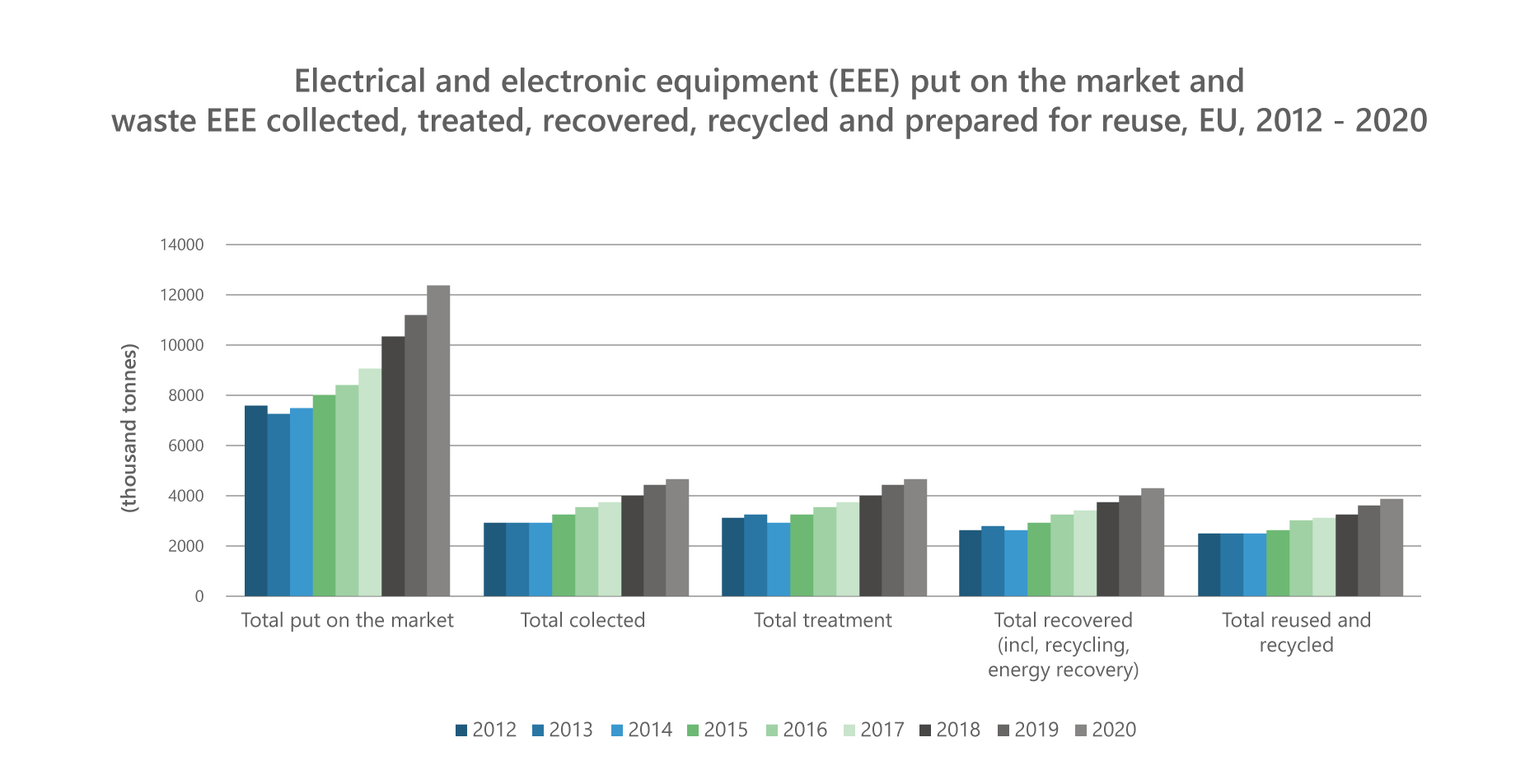
Figure 4: Electrical and electronic waste put on the market, collected, treated, recovered, reused, and recycled from 2012-2020.
Source: eurostat
Role of OEMs in Promoting Sustainable Products
Transformer OEMs across the globe especially in developed economies are moving to adopt sustainable industry practices. For instance, they are moving to use eco-friendly raw materials and have made necessary changes in the transformer technology to promote energy efficiency and reduce energy losses. PTR Inc. has observed that these OEMs have set targets to reduce their carbon emissions. They are also working on their approaches that deal with the recycling of waste materials in the production process up to the end of life of transformer solutions and products. Hitachi Energy, Siemens Energy and Schneider Electric are major transformer OEMs that are introducing sustainable transformer solutions and products.
Hitachi Energy
Hitachi Energy has introduced EconiQ power and distribution transformers which offer transparency on the environmental impact of transformers through life cycle assessment followed by enhanced sustainability performance. These transformers will contribute to decarbonization, human safety, protect the ecosystem and lead to responsible use of natural resources.
As per the claims of Hitachi Energy, deployment of EconiQ transformers can lead to 23% reduction of carbon dioxide equivalent emissions over the product lifecycle. It is also expected that impact on surrounding ecosystems over the entire lifecycle would also be reduced by 15% with the use of EconiQ transformers whereas impact on the surrounding ecosystems in the event of significant leak will be entirely eliminated.
Siemens Energy
Similarly, Siemens Energy a leading transformer manufacturer is also producing sustainable transformer solutions and products. Siemens Energy has set a target that all power transformer plants will consume 100% green electricity by 2023. It is noteworthy that when the target was announced almost 80% of the electricity was already being generated from renewable resources.
Furthermore, Siemens Energy is implementing a range of sustainability related initiatives with in their network of factories that are focused on reducing the carbon dioxide emissions, protect the surrounding environment and lower the material consumption and production of waste.
Schneider Electric
Another transformer OEM, Schneider Electric is also moving to adopt sustainable industry practices. Under Schneider’s Sustainability Impact program, it has set 11 global targets to be achieved by 2025 along with hundreds of local goals pursued by regional and country teams of Schneider Electric. Schneider Electric has introduced an EcoStruxure Platform which is at the heart of company’s IoT architecture. This platform enables core capabilities for connectivity and intelligence, interoperability for smart operations and infrastructure for cloud connected digital services. It is significant to note that EcoStruxure Platform has led to a 25% absolute reduction in carbon footprint across the entire value chain.
Looking Forward
According to PTR Inc., global transformer market is expected to grow with a CAGR of 6% from 2022-2027 in terms of revenue. Keeping in mind the growth projections of overall market and present regulatory environment, it is safe to assume that the market for sustainable transformers will also grow in the coming years. Transformer original equipment manufacturers in order to meet the demand for sustainable transformers are integrating technologies that are energy efficient, utilizing eco-friendly materials, providing energy management solutions with the transformers.
PTR Inc. believes that the market for sustainable transformers will further develop in the future as the movement for sustainability gains traction across regions. It is expected that the market share of transformer OEMs that are moving to adopt sustainable industry practices and introducing sustainable transformer solutions and products will increase in the future as compared to OEMs that offer conventional solutions.
Furthermore, it is expected that regulations in the advanced economies will become stricter in the future whereas in developing economies we may come across policy measures similar to EU’s Eco-design Directive, US Department of Energy’s new efficiency standards and WEEE regulation.
About the Author
Shaista Naz is a power grid analyst at PTR Inc. She is currently working on the power and distribution transformers market where she is responsible for analyzing the latest market trends and innovations in different regions. She has a master's degree in engineering management from the University of Debrecen.
Contact:
Hassan Zaheer - Chief Commercial Officer
+49-89-12250950
